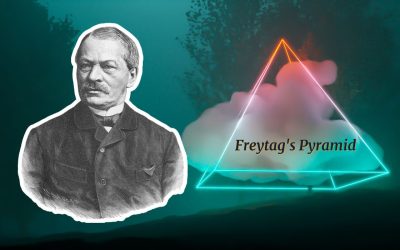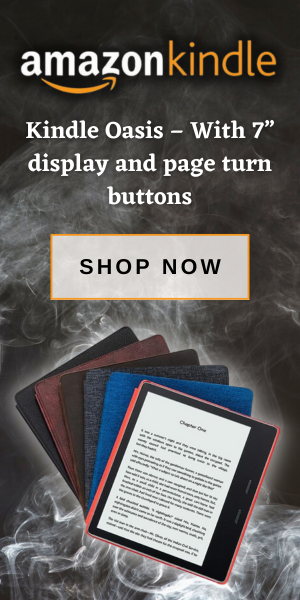When you’re deciding whether to use which or that in a sentence, you only need to remember one primary rule. Isn’t that great news for the grammar world? So let’s not beat around the which vs. that bush here; let’s get right to it.
The Primary Rule for Which vs. That
When determining whether to use which or that, it depends on the clause that connects the word with the rest of the sentence. A clause is a group of words containing a subject and predicate and functioning as a member of a complex or compound sentence.
If the clause is essential to the meaning of the sentence, use that. If the clause is not essential to the meaning of the sentence, use which.
Pretty straightforward, right? Let’s break it down a little further and take a look at some examples.
Defining and Non-defining Clauses
The word clause is a grammar term that refers to a group of words with a subject and verb that make up part of a sentence. Every sentence has at least one clause in it.
The two types of clauses that are relevant in the discussion of which vs. that are defining clauses and non-defining clauses. That’s because these are the fancy grammar terms that relate to the primary rule above. If the clause is essential to the meaning of the sentence, it’s a defining clause. If the clause is not essential to the meaning of the sentence, it’s a non-defining clause.
If it’s a defining clause, use that.
If it’s a non-defining clause, use which.
A defining clause is sometimes also called an essential clause. This is because a defining clause gives information that is essential to the reader’s understanding of the sentence. If you removed the defining clause from the sentence, the reader’s understanding of the information would not be the same.
A non-defining clause may also be called a nonessential clause because, you guessed it: You could remove a non-defining clause from a sentence and the main idea of the sentence wouldn’t suffer.
Examples of Which vs. That
Correct: The lunchbox that is filled with stinky cheese is going to make for a nasty surprise when Freda opens it later.
Incorrect: The lunchbox, which is filled with stinky cheese, is going to make for a nasty surprise when Freda opens it later.
Above we can see the word that is a better choice because this phrase is crucial to the reader’s understanding of the sentence. Without knowing that the lunchbox is filled with stinky cheese, we don’t know why it will make for a nasty surprise.
Correct: The sandwich, which was smothered with pickles and grape jelly, was delicious.
Incorrect: The sandwich that was smothered with pickles and grape jelly was delicious.
In this case, the main idea of the sentence is that the sandwich was delicious. We don’t need to know the details about the pickles and grape jelly for the sentence to make sense. That makes this a non-defining clause, so we use the word which.
Correct: Her locker that’s plastered with photos of Michael B. Jordan is a great example of Tanisha’s devotion as a superfan.
Incorrect: Her locker, which is plastered with photos of Michael B. Jordan, is a great example of Tanisha’s devotion as a superfan.
Our knowledge of the photos inside Tanisha’s locker is important to the main point of the sentence, so we use the word that.
Trick to Remembering Which vs. That
Typically, a non-defining clause is set off with commas, dashes, or parenthesis. So if you need to use this punctuation, you probably need to use the word which. If you need a chunk of a sentence for the main idea to be conveyed, use that.

Susan is an English educator, editor, and writer who has enjoyed working within these fields since 2004. Her experience includes teaching at the high school and adult continuing education levels, and writing and editing for multiple regional publications, including Wrightsville Beach Magazine and Encore Magazine. Today she is a copywriter and editor for CastleBranch Inc., as well as editor in chief for the company’s internal e-magazine. A Southern transplant who moved from Ohio to North Carolina, she has embraced the word “y’all” and can tell you how she likes her grits. Check out her official website.








